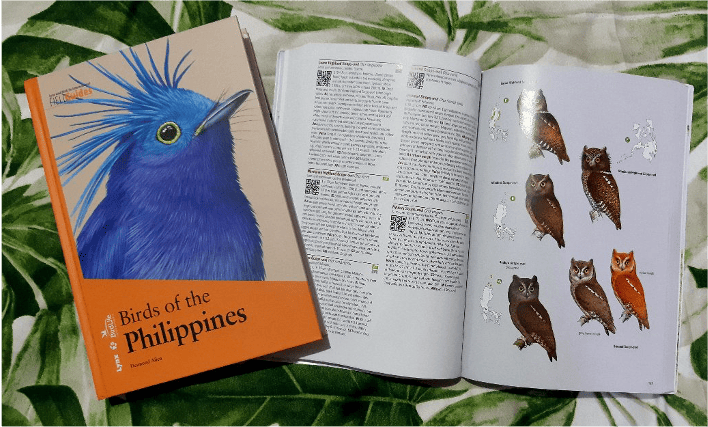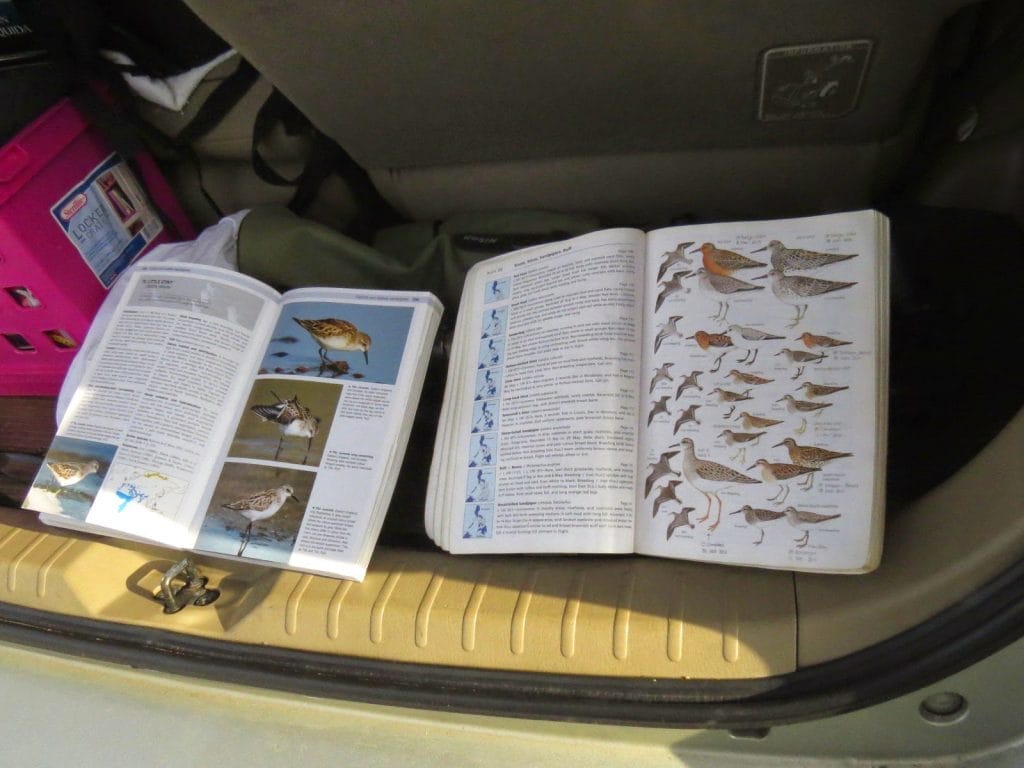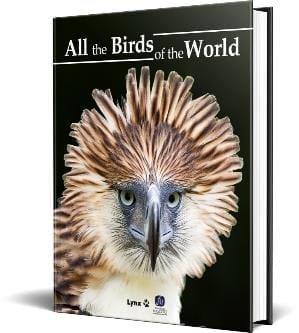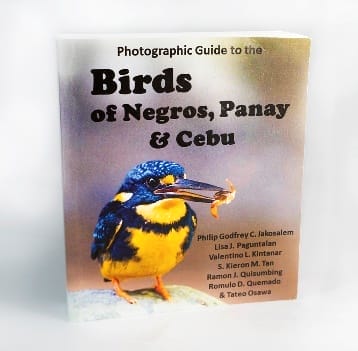by Maia Tanedo
Books have always been important possessions for me. These printed materials hold special standing in different aspects and stages of my life – from textbooks during my schooling years, comics and pocket books from my childhood, novels and biographies in my adulthood, and even reference books for work. As a birder, the staple publication would be field guides.

Generally speaking, field guides are books used as references in order to identify wildlife and other objects in nature. They are designed as a tool for users to bring with them to the field when in search of living and non-living things outdoors. Living things such as birds, fish, trees, insects, reptiles, etcetera, etcetera, and non-living things such as rocks and minerals. It helps the user identify these things and provides information such as descriptions, distribution (usually in with accompanying maps), and conservation status.

Not all field guides are the same. Some are more comprehensive than others, some more complete, some more specialized. Some have plates or illustrations of the specific items in nature while some contain photographs. This variety is the reason why birders have their own growing personal collections of field guides safely tucked away in bookshelves or desks at home, whether they admit it or not. For this article, let us focus on bird field guides, leaving out for the moment e-books.
Birding field guides come in all sizes: from pocket-sized photographic field guides, to textbook-like formats, to the larger bulky hardcover publications.
Given that there are more than 10,000 known bird species in the world to date, the latest field that covers all known these known species “All the Birds of the World” from Lynx Edicions weighs almost 5 kilos. Suffice to say many a birder will not be bringing their copy out in the field if only to save their backs from the weight, but will keep their copy safe at home to be used either before a birding sortie (in preparation and review) or after (to help identify birds seen during said sortie.)
And then there are more localized birding field guides specializing in the birds in a given location. John Beaufoy Publications has a wonderful collection of such field guides, including “A Naturalist’s Field Guide to the Birds of the Philippines” which I had the honor of co-writing with my good friends Trinket, Adri, and Rob. One may choose from field guides that feature actual photographs, such as the Naturalist’s Guide, or plates. You may browse through other titles from John Beaufoy here: https://johnbeaufoy.com/natural-history-southeast-asia/

Locally, birders in the Philippines have a selection of field guides to use. For many years, the go-to field guide was the “Kennedy” or “A Guide to the Birds of the Philippines” by Robert Kennedy et al. Up until recently, it was the most complete reference material on birds to be found in the Philippines containing 72 plates of birds covering 572 number of species. I have two copies: one for the bookshelf and one for use in the field.

Just last November 2020, a new field guide from Lynx Edicions authored by Desmond Allen was published. Entitled “Birds of the Philippines” it is an updated field guide covering 770 species with over 1,615 color illustrations. It comes in two versions: hardbound for your bookshelf and flexicover for the field. Yes, we have both.

Aside from these field guides, there are even more specialized ones such as those that focus on a specific location in the Philippines such as the “Photographic Guide to the Birds of Negros and Panay” and “Birds of Cebu & Bohol Philippines.”
Some focus on a specific habitat such as the “Guide to the birds of Philippine rice fields” co-authored by Prof. Tirso Paris Jr, who just recently passed away or the “Waterbirds of Asean”.

There are many field guides to choose from and more often, I bring more than one field guide with me on a birding trip.

one with photographs and the other with plates/illustrations.
I personally think that field guides are essential in upping one’s level in bird identification and I enjoy going through them right before a birding trip (usually on the plane ride en route to a new location!)

So yes, field guides are indispensable items in my birding bag. If you haven’t got yours, now is the best time to purchase and read through a field guide given that birding trips are not as frequent given the pandemic (more time for reading and studying at home.)
Most the field guides I mentioned in this article are available through the Haring Ibon website https://haringibon.com/library/. What field guides do you currently have in your collection? And what field guide did you recently purchase and are just waiting to be delivered? 😉




